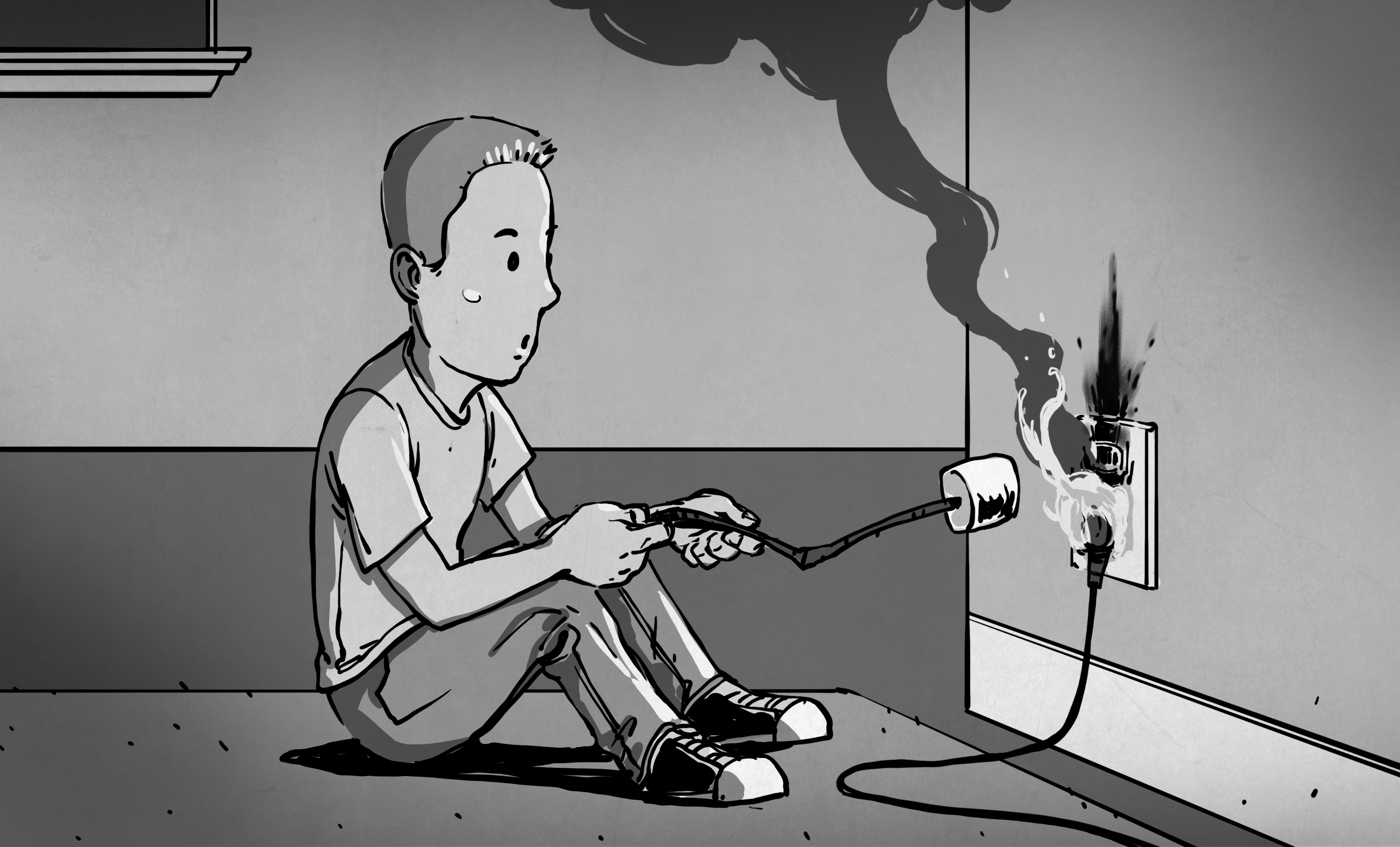I have no idea what a power extender is. In 50 years of life, I've never heard of a "power extender".
If you are talking about a power strip or extension cord, then yes, you need to eliminate those. Even if you were not having problems, you should not be using a power strip or extension cord to plug in the PSU. The PSU should ONLY ever be plugged directly into the wall socket or an APS battery backup system, unless you have a power line conditioner or an industrial high quality power strip. Those are not in the same kind of price range as the Monster, Belkin, Amazon basics, box store General Electric and other "cheap" power strips. All of which should be avoided.
Years of experience using PC systems and having to diagnose bushels full of issues where a high number of them ended up being faults with the circuitry inside the power strips. Primarily, cheap box store models but also a good number of supposedly premium power strip "surge protectors" that don't actually protect you from anything other than your own fear of what might happen if you actually end up needing a surge protector. A false sense of security.
Most people buy and use power strips because they THINK that the fact it says surge protector means something. Usually, it doesn't. This is one of my favorite quotes on the subject from an electrical engineer and residential/commercial electrical journeyman I know.
Units you want to consider will be those sold by APC, Tripp-Lite, Leviton, Eaton, Leviton, General Electric, Polyphaser, Ditek, Siemens, ABB, Square D, Intermatic, Cutler-Hammer (Eaton), and Syscom, these are the brands you can trust to have high quality internal electronics if you MUST use a power strip but even so you STILL will want to ask around about specific models OR look to professional reviews as even these big boys occasionally have a product with some glaring flaw that makes it's way into the final product and might best be avoided compared to other available models.
Do not however use a power strip thinking that it offers significant protection, because even the best of them does not, not really. Whole house protection is the only real protection from surges.
Monster and Belkin, and a few others that are commonly used, almost unilaterally use the same protections in their 45 dollar surge protector strips as what you would find in an 8 dollar Amazon or Walmart branded model. And if you ever take one of these, or any cheap box store, dollar store (Even worse than these others usually BUT occasionally about the same) or Harbor Freight power strip apart you are likely to find frayed wires, poorly soldered connections with blobs of solder nearly touching crucial and potential short circuit points, super low quality MOVs, and a ton of other indicators that no real integrity was involved in the design or manufacturer of these units.
Another factor to keep in mind is that even with some of these high quality units, any protection that MIGHT be afforded, is usually the end of that product after one shot. This, directly from the Tripp-Lite manual for the #1 selling surge protection power strip in the world.
I believe many models from APC and a couple of the others I listed have now incorporated designs that permanently disengage any ability of the device to deliver power once a surge or short of significant enough caliber to incur the protection has occured. That basically means once there has been a surge or short, throw the device away. Even for high end models. Only whole house protection and properly earthed circuits offer any true protection from a serious surge or direct strike from lightning somewhere close enough to affect your segment of the grid.
And whatever you do, don't EVER buy any kind of extension cord, power strip or other electronic device with slip rings.
A few weeks ago I needed a power strip in my home office. The outlet in question is located behind a filing cabinet so it would need a low profile plug. I jumped on Amazon to buy a surge suppressor…

hackaday.com




